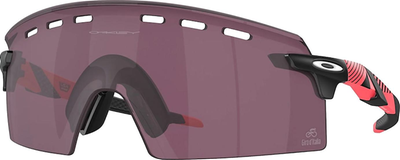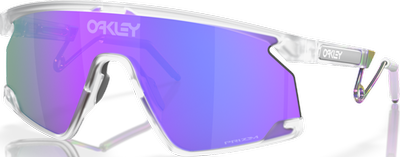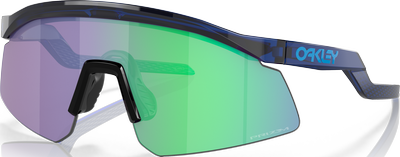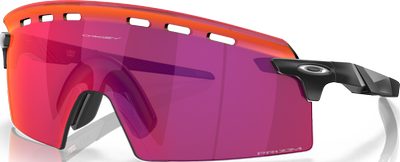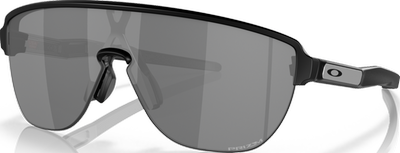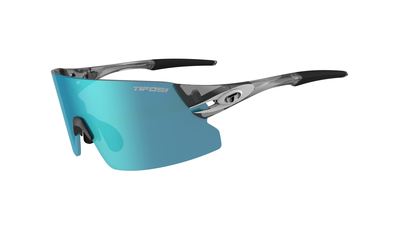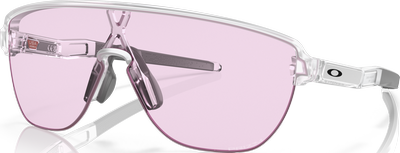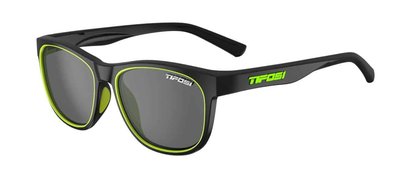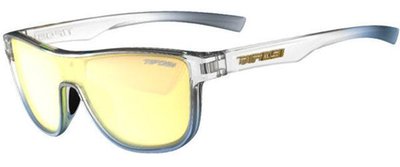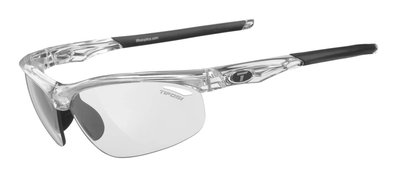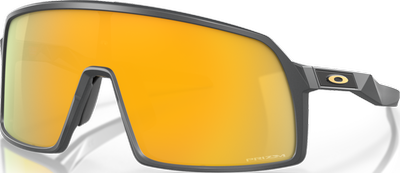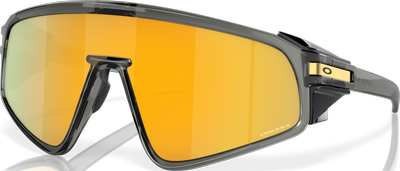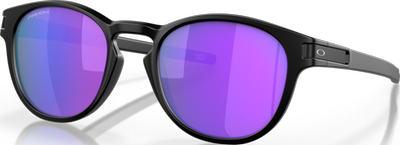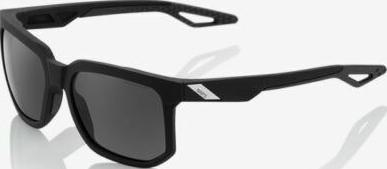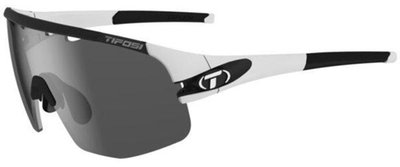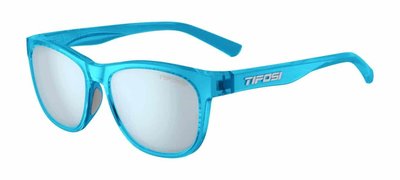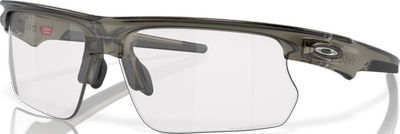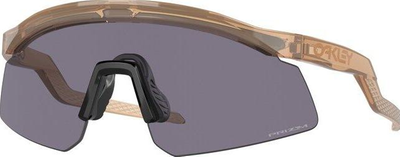Glasses
79 Results
The Ultimate Guide to Cycling Glasses: What You Need to Know Before You Buy
When it comes to cycling, a lot of focus goes on the bike itself, gear, and accessories. But have you ever thought about the one accessory that protects your eyes, improves your vision, and can make or break your ride? Yes, we’re talking about cycling glasses. Whether you’re a casual weekend rider or a competitive cyclist, having the right pair of cycling glasses is crucial. They aren’t just about looking good or shading your eyes; they offer protection, clarity, and comfort on every ride. Here’s what you need to know before you invest in the best cycling glasses out there.
Why Are Cycling Glasses Important?
Cycling glasses are designed specifically for the demands of biking. When you’re out on the road or trail, your eyes are exposed to various elements - sunlight, wind, dust, bugs, and even rain. A good pair of cycling glasses provides protection from these elements, reducing eye strain and keeping you focused on your ride. Plus, they’re usually engineered to stay in place even on rough terrain, unlike regular sunglasses that can slide or fall off.
One of the main reasons cyclists opt for specialized glasses is UV protection. Prolonged exposure to sunlight can cause damage to your eyes, so having a lens with UV protection is essential. And let’s not forget about those unexpected debris that can come flying your way from the wheels of the rider in front of you. Men's cycling glasses and cycling glasses for women are designed with all these factors in mind, with features that regular sunglasses just don’t have.
Key Features to Look for in Cycling Glasses
When you’re shopping for cycling glasses, there are a few key features to keep an eye on:
Lens Material and Quality: Quality lenses make all the difference. Look for materials like polycarbonate, which is shatterproof and lightweight, perfect for active sports like cycling.
UV Protection: Go for lenses with 100% UV protection to keep your eyes safe from harmful sun rays.
Fit and Comfort: Make sure they fit snugly but comfortably. The best cycling glasses should stay in place, even if you’re sweating or hitting a bumpy trail.
Lens Tint Options: Different lenses work better in different lighting. Some cycling glasses come with interchangeable lenses for sunny, cloudy, or low-light conditions.
Lens Tints: Which One is Right for You?
The right lens tint depends on the type of riding you do and the conditions you’re typically in. Here’s a quick breakdown:
Clear Lenses: Perfect for low-light conditions or night rides. They offer full protection from debris without darkening your vision.
Yellow or Orange Lenses: These lenses are great for cloudy or foggy days as they enhance contrast and make everything look a little brighter.
Gray or Smoke Lenses: The most versatile choice, these lenses are ideal for sunny days and won’t distort colors.
Mirrored Lenses: These reduce glare, which is great for bright, sunny conditions, especially on open roads.
Having options for different lenses, or investing in a pair with interchangeable lenses, is a game-changer if you ride in varied conditions.
Cycling Glasses for Men vs. Women: Is There a Difference?
While the basic function of cycling glasses remains the same, there are often subtle differences between men's cycling glasses and cycling glasses designed for women. Generally, women's cycling glasses are slightly smaller and come in more color options. However, both men's and women's cycling glasses aim to provide the same level of protection, comfort, and style. At the end of the day, it’s all about finding the best cycling glasses that fit your face well and offer the features you need.
Polarized vs. Non-Polarized Lenses
When you’re comparing cycling glasses, you’ll likely come across polarized and non-polarized options. Polarized lenses are excellent for reducing glare from reflective surfaces, such as water, glass, or wet roads. They’re a great choice if you’re riding near water or in bright conditions where glare is an issue. However, some riders find polarized lenses make it harder to read digital screens like bike computers or GPS. Non-polarized lenses, on the other hand, don’t have this issue and still provide UV protection.
Frame Material: Lightweight and Durable Options
Cycling glasses are typically made from lightweight and durable materials like polycarbonate, nylon, or TR-90. These materials are shatterproof and can withstand the wear and tear of the trail. You want frames that are not only sturdy but also flexible enough to fit comfortably under your helmet. Brands like Oakley, Smith Optics, and Tifosi make frames that balance durability and comfort, perfect for long rides.
Ventilation and Anti-Fog Features
One common issue with cycling glasses is fogging, especially when you’re sweating or in cooler weather. Some models come with anti-fog coatings, which can help, but ventilation is even better. Look for glasses that have small vents in the lenses or frames to allow airflow. This helps to reduce fogging, keeping your vision clear and your ride smooth.
Choosing the Right Fit
Finding the right fit is essential for comfort and effectiveness. A good pair of cycling glasses should feel secure without pinching. Look for adjustable nose pads and temple arms, as these can help customize the fit to your face. Remember, you’re likely wearing a helmet, so ensure the glasses fit well with your helmet straps. Many brands offer different sizes or even adjustable frame widths to cater to various face shapes.
Top Brands for Cycling Glasses
Some of the top brands in the cycling glasses world include Oakley, POC, Tifosi, and Smith Optics. Each brand has its own unique approach to design, fit, and technology. Oakley, for instance, is known for its advanced lens technology and stylish frames. POC is popular among trail riders for its durability and comfort. Tifosi offers high-quality, budget-friendly options, while Smith Optics combines style with performance features, like interchangeable lenses.
Caring for Your Cycling Glasses
To keep your cycling glasses in top condition, it’s essential to clean them regularly. Use a microfiber cloth to avoid scratching the lenses and avoid household cleaners, as they can damage special coatings. Many cycling glasses come with a protective case; use it to keep them safe when not in use. Taking care of your glasses not only prolongs their life but also keeps your vision clear every time you ride.
FAQ: Cycling Glasses
1. Do I really need cycling glasses, or can I use regular sunglasses?
Yes, cycling glasses are specifically designed for the challenges of cycling, such as UV protection, wind resistance, and impact protection. Regular sunglasses often lack the durability, fit, and features needed for an optimal cycling experience.
2. What’s the difference between polarized and non-polarized lenses for cycling glasses?
Polarized lenses reduce glare from reflective surfaces, making them ideal for bright conditions or near water. However, they can sometimes make it difficult to read digital screens, so it depends on your riding needs.
3. Can I get prescription cycling glasses?
Yes, many brands offer prescription-compatible cycling glasses. You can find brands with customizable lenses to fit your specific vision requirements.
4. What’s the best lens color for all-around cycling?
Gray or smoke lenses are versatile and work well in various lighting conditions without distorting colors. They’re a solid choice if you want one pair of cycling glasses for different environments.
5. How do I stop my cycling glasses from fogging up?
Look for models with anti-fog coatings or built-in ventilation. Keeping your glasses clean and dry can also reduce fogging, especially on colder rides.
By investing in a quality pair of cycling glasses, you’re ensuring your eyes stay protected and comfortable, no matter where the road takes you. Remember to pick a pair that fits well, suits your riding conditions, and aligns with your style preferences. With the right glasses, every ride becomes not only safer but more enjoyable!

